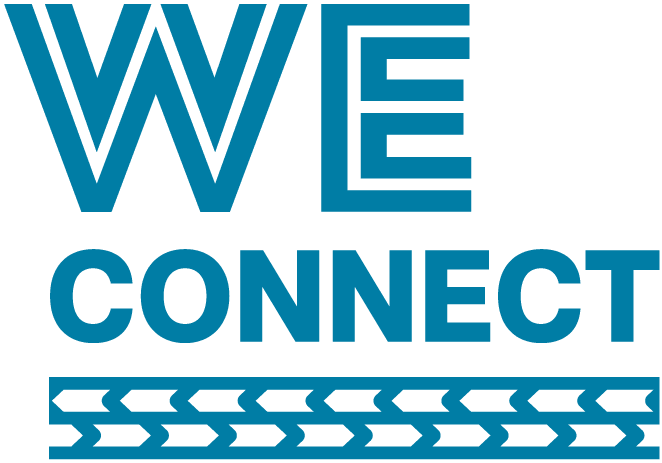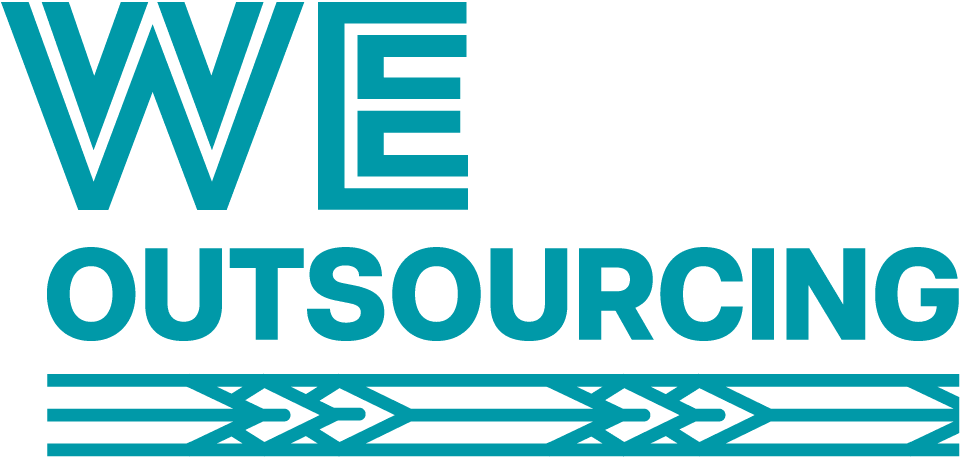In today’s fast-paced business environment, its essential to know how to streamline your systems, to stay competitive and efficient. Optimised systems save time, cut costs, and reduce errors—helping you focus on the big picture. Here’s how you can streamline your business processes to drive results.
1. Map Out Your Current Processes
Before making changes, take a step back and evaluate your existing processes. Map out each step, from start to finish, and identify potential bottlenecks, duplications, and areas of complexity. This bird’s-eye view will make it easier to see what’s working and what isn’t.
Ask yourself: Where do we experience delays or redundancies? Are there tasks that could be consolidated or automated?
2. Embrace Automation
Automation is a game-changer in modern business. By leveraging tools like workflow automation, accounting software, and CRM systems, you can eliminate repetitive tasks and free up your team to focus on higher-value work. Automation reduces human error, ensures consistency, and allows you to scale operations without additional labor costs.
Examples of tasks to automate:
- Invoice and payment processing
- Customer follow-ups and reminders
- Data entry and reporting
3. Standardise and Document Processes
Standardisation is the foundation of efficiency. By creating standardised operating procedures (SOPs), you make it easier for your team to perform tasks consistently and efficiently. Document each process in detail so that anyone can follow it, making onboarding and training simpler and reducing errors.
Key tip: Keep these documents updated as your systems evolve. Having clear, up-to-date documentation is essential for scaling your business.
4. Utilise Technology for Better Collaboration
With remote work and distributed teams on the rise, collaboration tools like project management software, communication platforms, and cloud storage are essential. Platforms like Asana, Slack, and Google Workspace enable real-time collaboration, so everyone has access to the latest information and can work seamlessly from anywhere.
Benefits of collaboration tools:
- Increased accountability
- Better project tracking
- Easier access to information
5. Measure and Refine
Streamlining isn’t a one-time task—it’s an ongoing process. Set up KPIs to track your system’s effectiveness, such as time spent on tasks, cost savings, and error reduction. Regularly review these metrics and solicit feedback from your team to find new areas for improvement.
Make it a habit: Schedule regular reviews to assess your processes and implement changes based on what the data tells you.
6. Don’t Overlook Team Training
Investing in your team’s skills is key to ensuring they can fully utilize streamlined processes and tools. Provide training on new systems, emphasizing the benefits and ease these changes bring. When your team understands how to make the most of streamlined systems, you’ll see faster adoption and better outcomes.
We hope our how to streamline your systems guide has helped offer some quick and easy tips for your small to medium business














